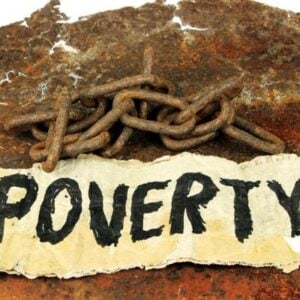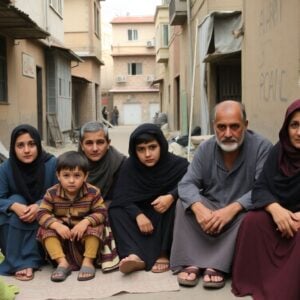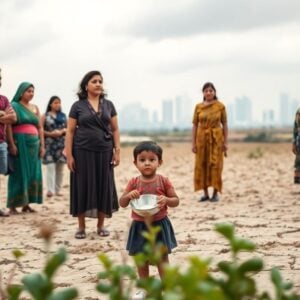Economic concerns loom over Afghanistan and Pakistan as new World Bank reports reveal that growth indicators obscure intensifying poverty, fragility, and inequality for millions. Humanitarian challenges, weak governance, and the impacts of regional crises mean marginalized populations are left behind even as headline numbers improve.
Key Takeaways
- Nearly half of Afghanistan’s population survives on less than $3 per day.
- Pakistan’s poverty rate has climbed back above 27% after years of improvement.
- Women and rural communities face the harshest challenges.
- International aid reductions have compounded both countries’ vulnerabilities.
Worsening Poverty Amid Modest Growth
While Afghanistan’s economy shows slight recovery, rising living costs and a growing population are eroding real income. With GDP projected to expand by roughly 4% over the next two years, per capita income is still expected to decline nearly 4%. The net result: almost 24 million Afghans—about half the country—remain in extreme poverty, signaling a humanitarian emergency masked behind economic figures.
In Pakistan, earlier progress against poverty has reversed. After falling from over 60% in 2001 to 21% in 2018, poverty has surged again to over 27%. Under international benchmarks, almost half of Pakistanis are classified as poor. This dramatic rise is particularly severe in rural areas, such as Balochistan and Sindh, where families face higher levels of deprivation in health, education, and infrastructure.
Structural Weaknesses and Humanitarian Crises
Afghanistan’s fragile state has been intensified by the forced return of refugees—over 4 million since late 2023, with many arriving involuntarily. Natural disasters, including a devastating earthquake in August 2025, have further strained resources, resulting in the destruction of homes, livestock, and infrastructure.
Pakistan’s economic challenges stem from heavy reliance on informal labor—over 85% of workers lack contracts or protections—and weak public services. Malnutrition rates are troubling: nearly 40% of Pakistani children under five are stunted, while access to quality education remains limited.
Gender Barriers and Missed Economic Opportunities
Women in both countries endure limited economic freedoms. In Afghanistan, stringent social and legal restrictions have driven most women into precarious, low-paid work. Nearly 60% of Afghan women are economically inactive, and newly created jobs are often restricted to home-based sectors. Similarly, Pakistani women face major roadblocks to employment and are often the first to be affected by economic shocks.
According to World Bank estimates, empowering women and increasing their participation in the workforce could boost per capita GDP by up to 30% in the region, yet progress remains slow.
Looking Ahead: Urgent Reforms Needed
The World Bank underscores that macroeconomic stability must be accompanied by inclusive policies. Recommendations for Afghanistan and Pakistan include:
- Expanding social safety nets to protect the most vulnerable
- Investing in healthcare and quality education
- Promoting women’s economic participation
- Strengthening rural infrastructure and disaster response
True recovery, experts note, will require bold reforms and international support to address deep-rooted inequalities and create pathways out of poverty. Without substantial action, millions in Afghanistan and Pakistan are likely to remain stuck in cycles of deprivation and fragility.
References
- World Bank Says Afghanistan’s Modest Economic Growth Overshadowed by Rising Poverty and Fragility, Khaama Press.
- Pakistan’s economic recovery a myth? Millions still struggle in poverty; here’s what World Bank says, Times of India.







